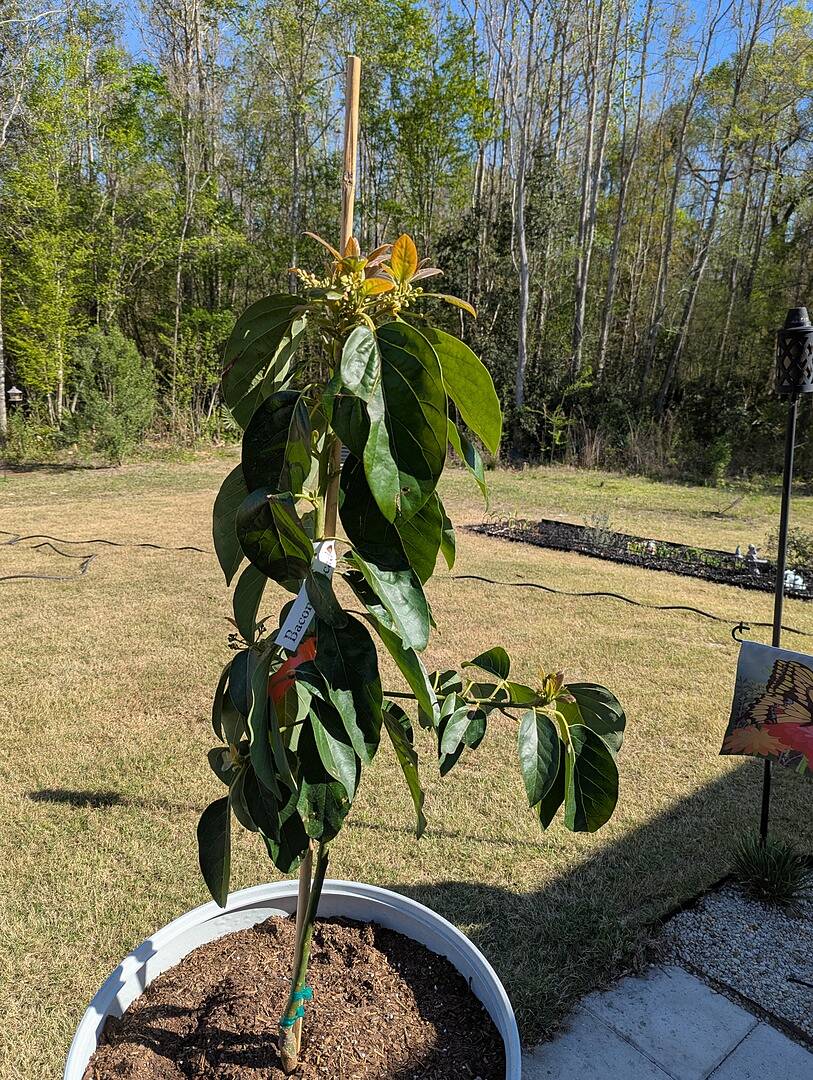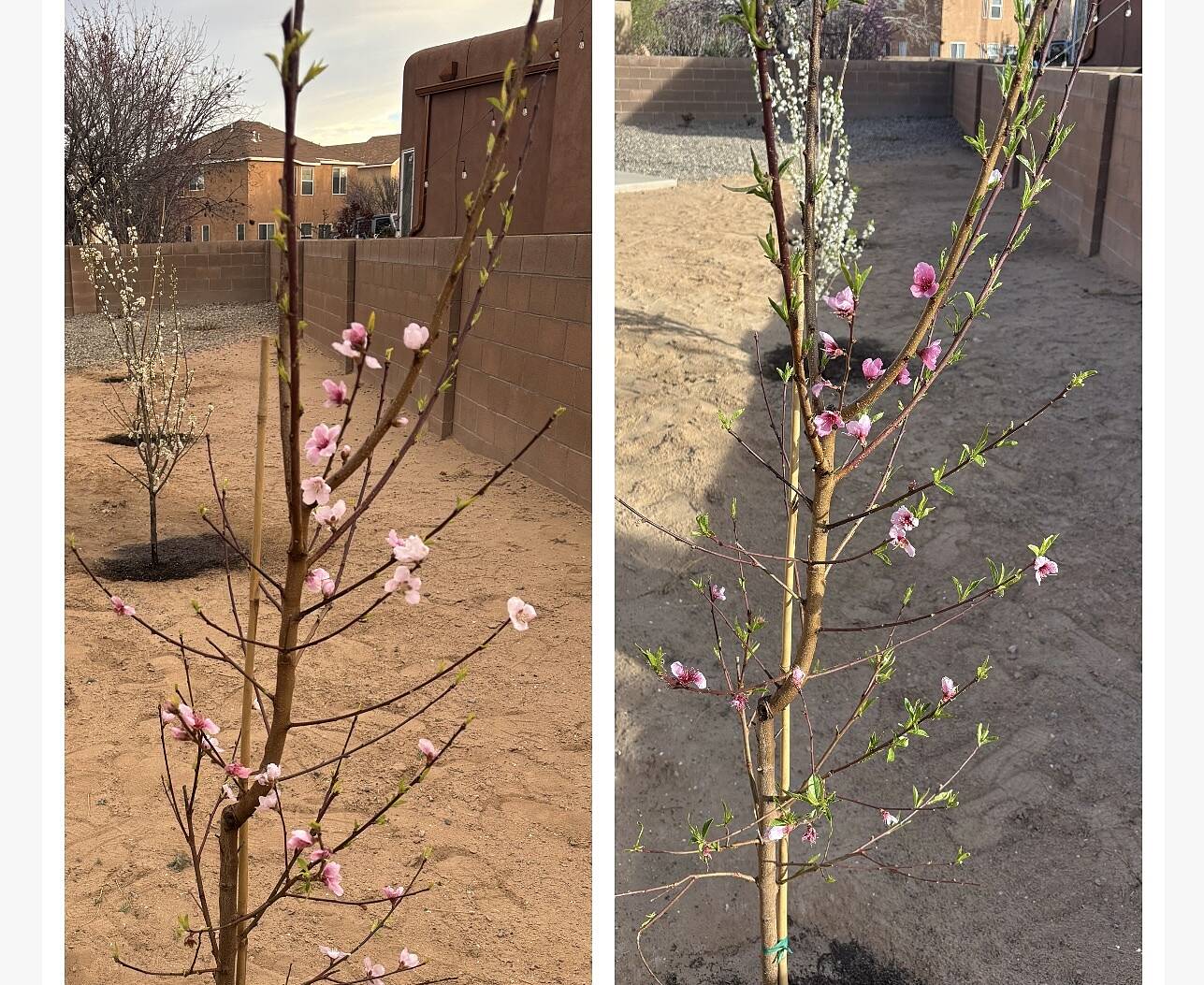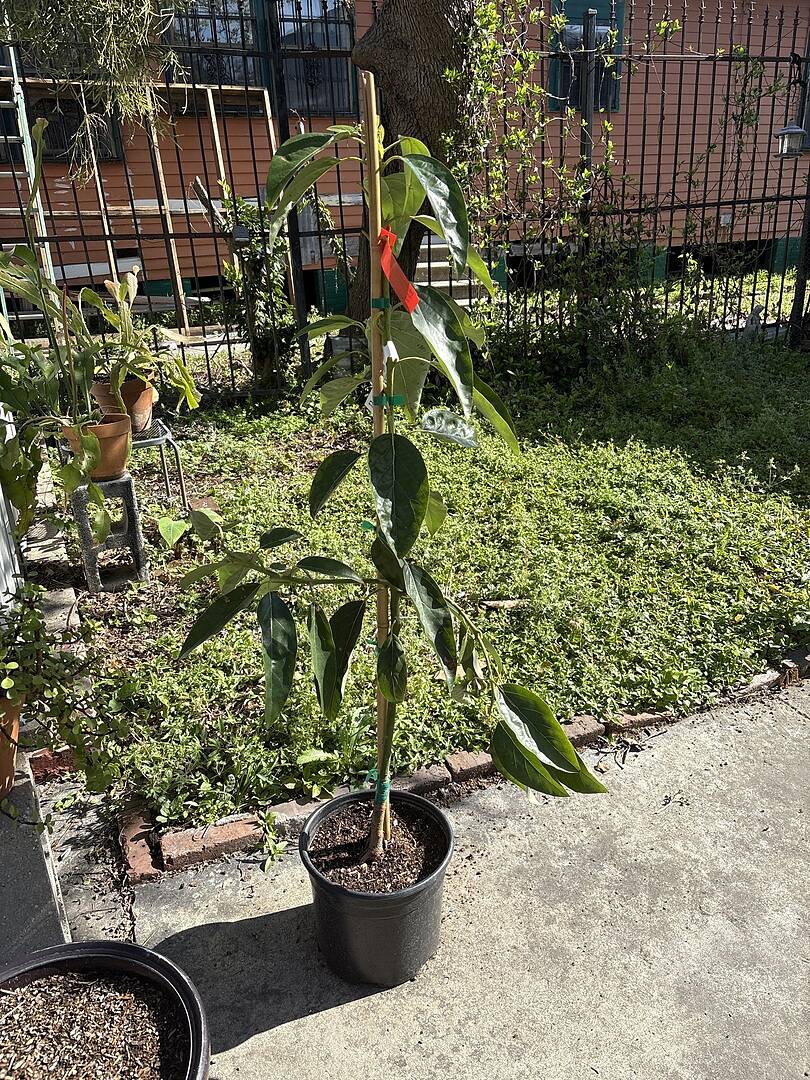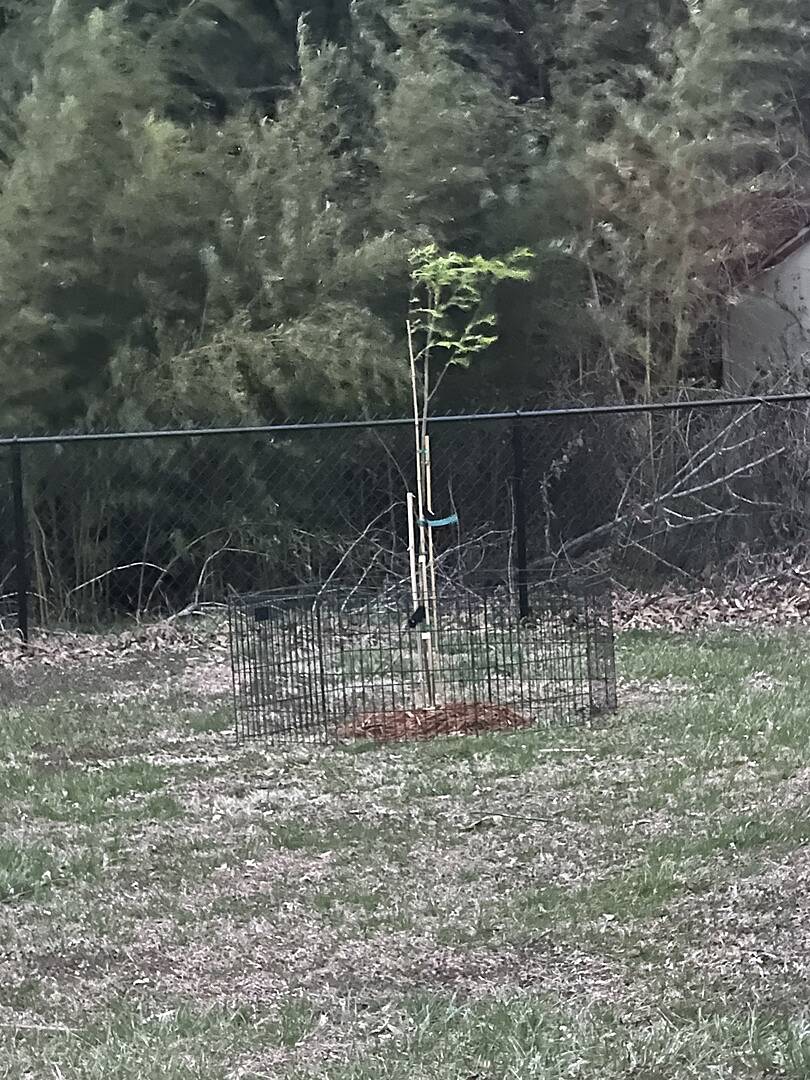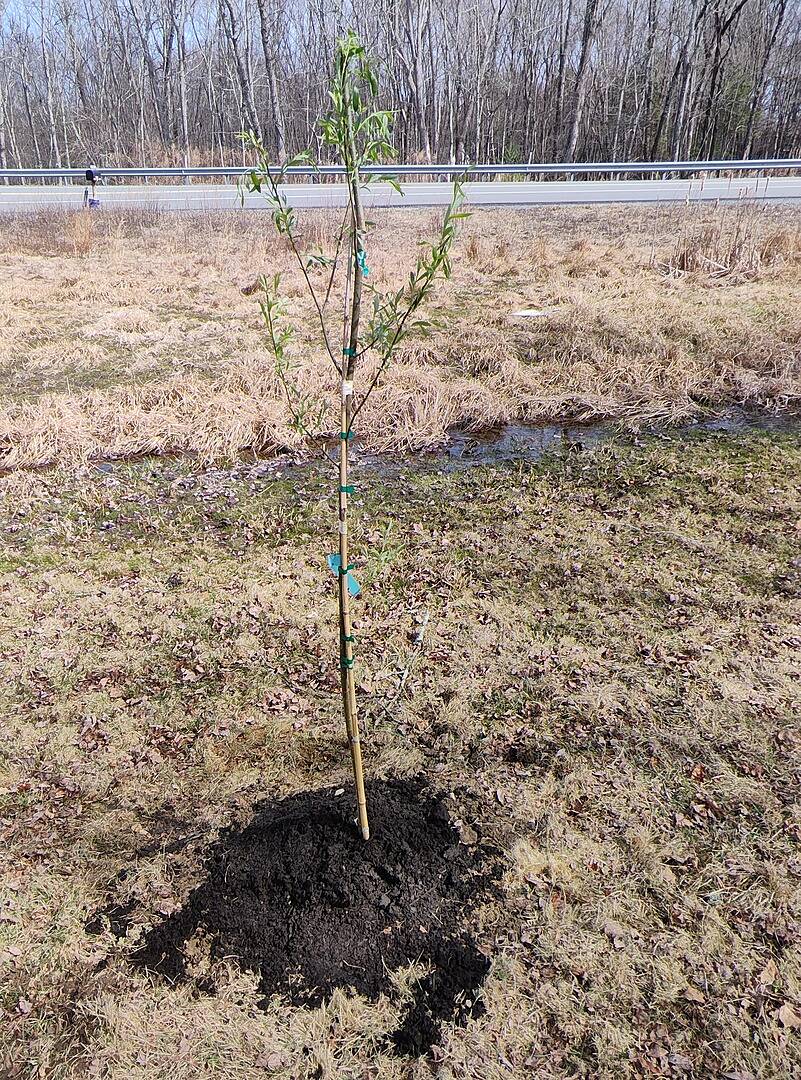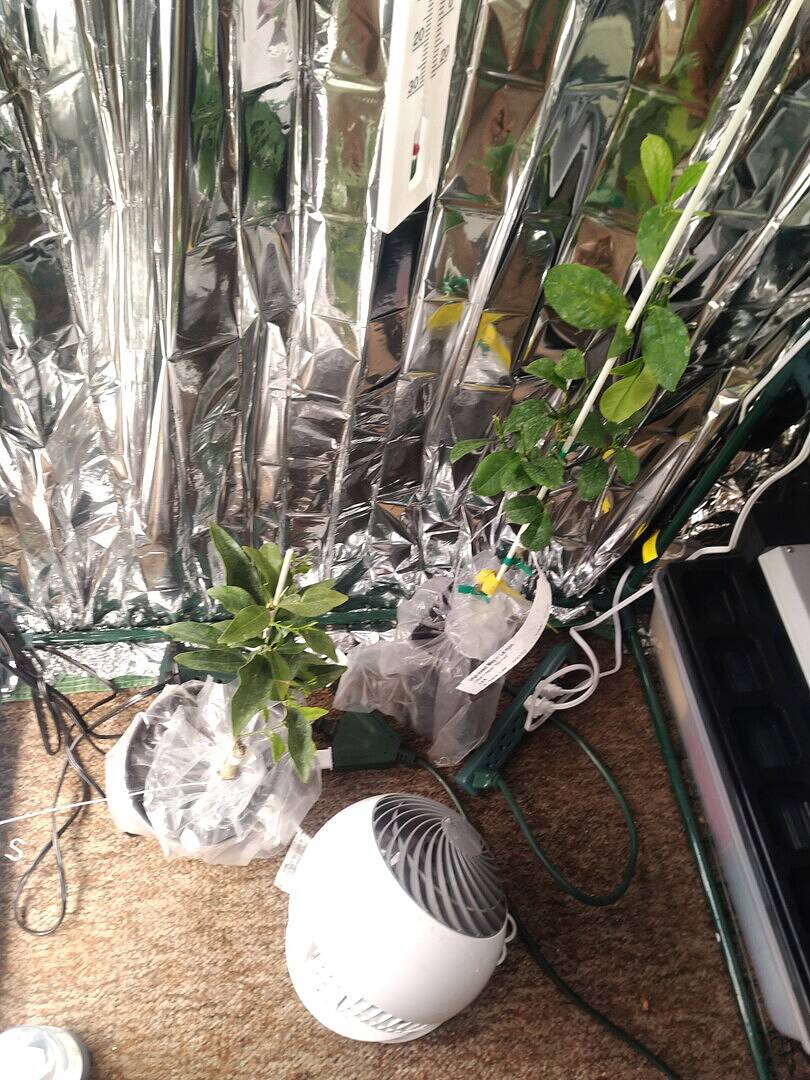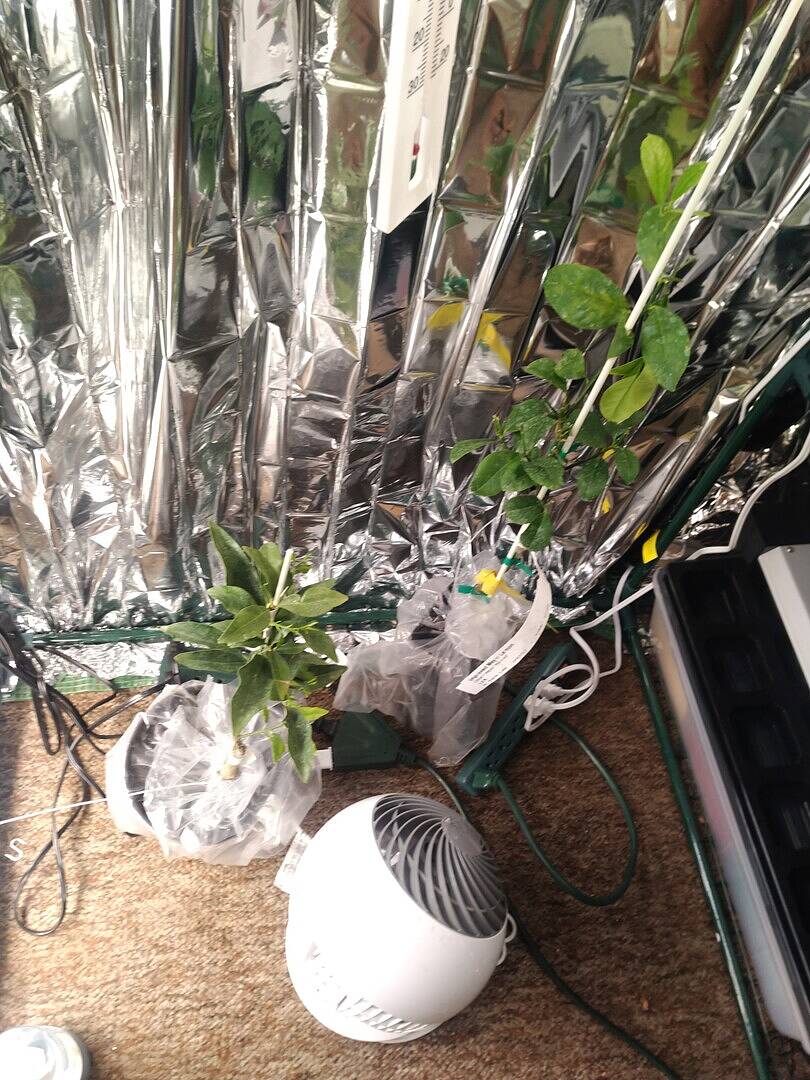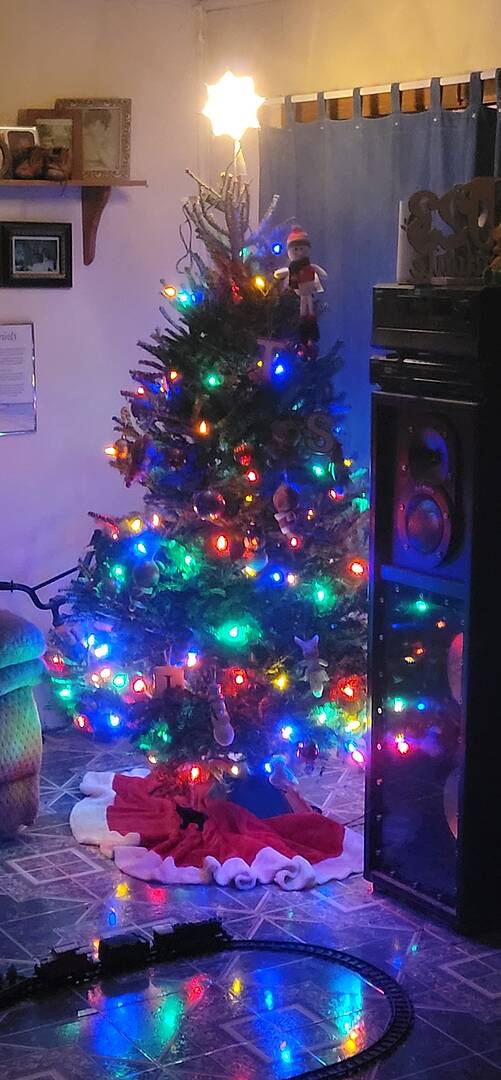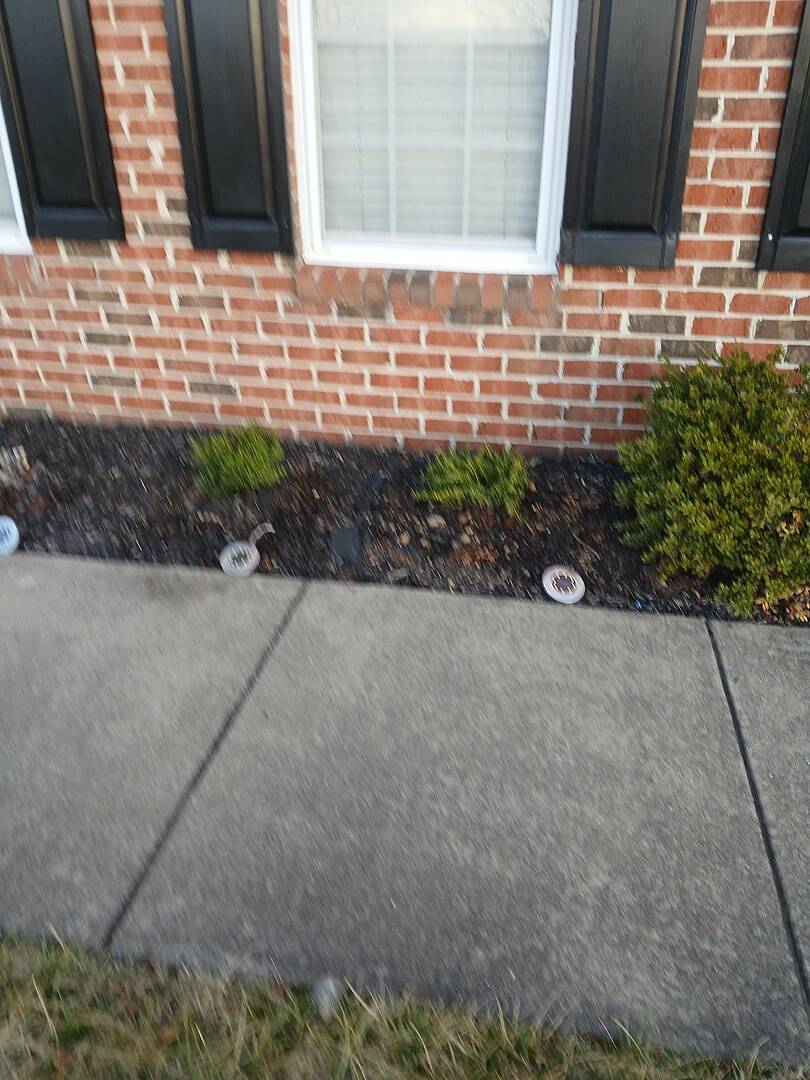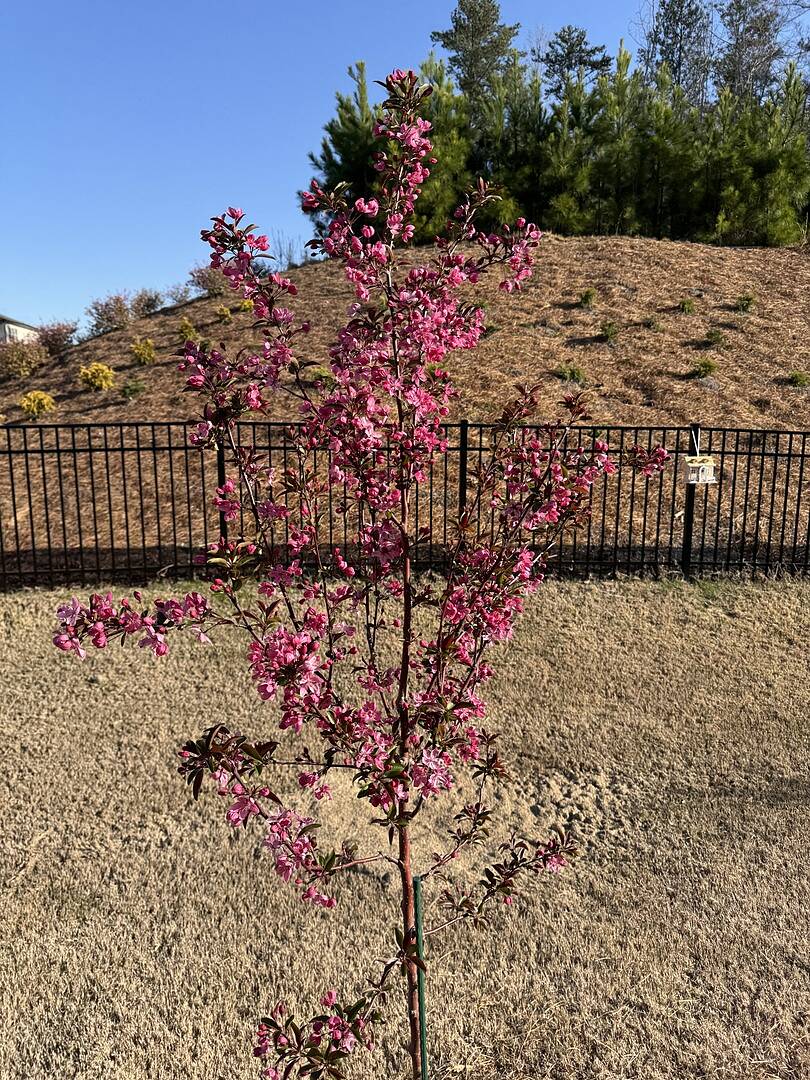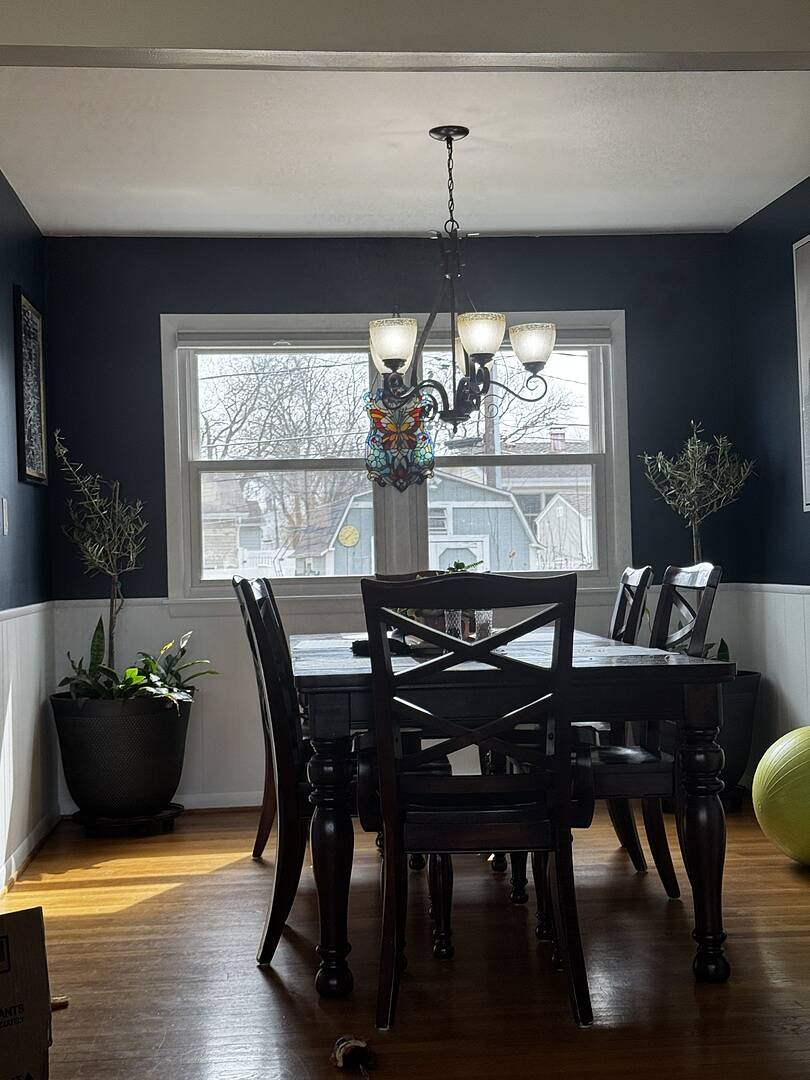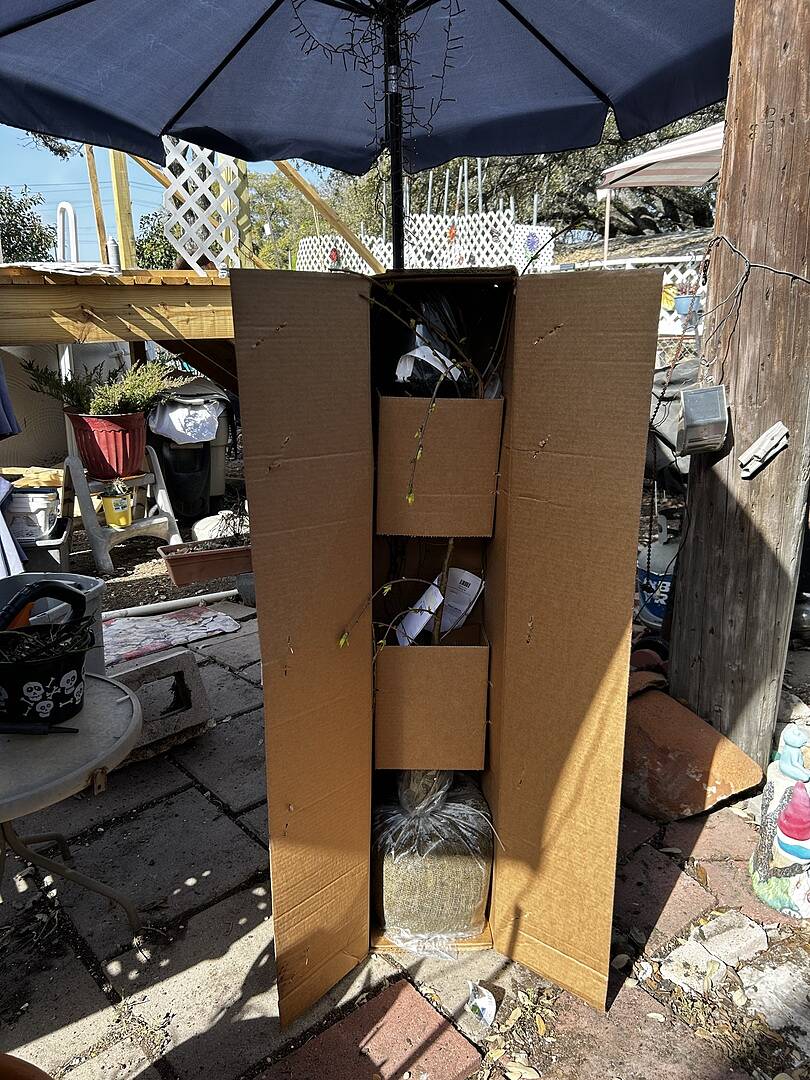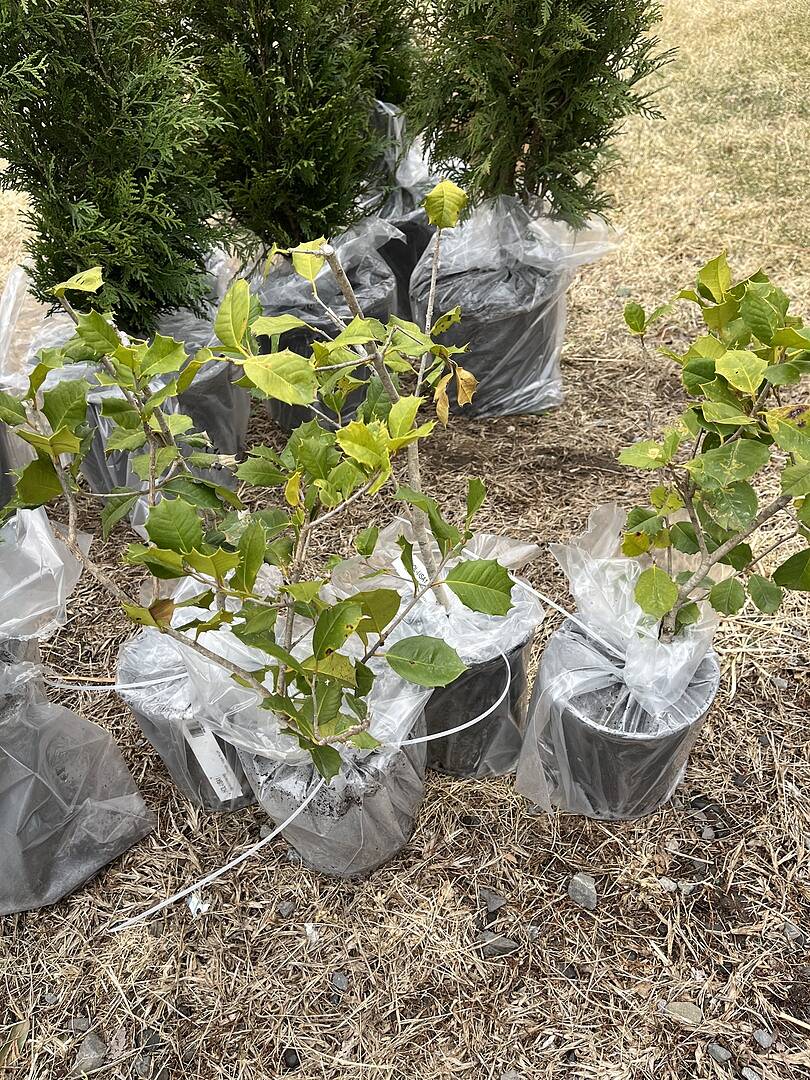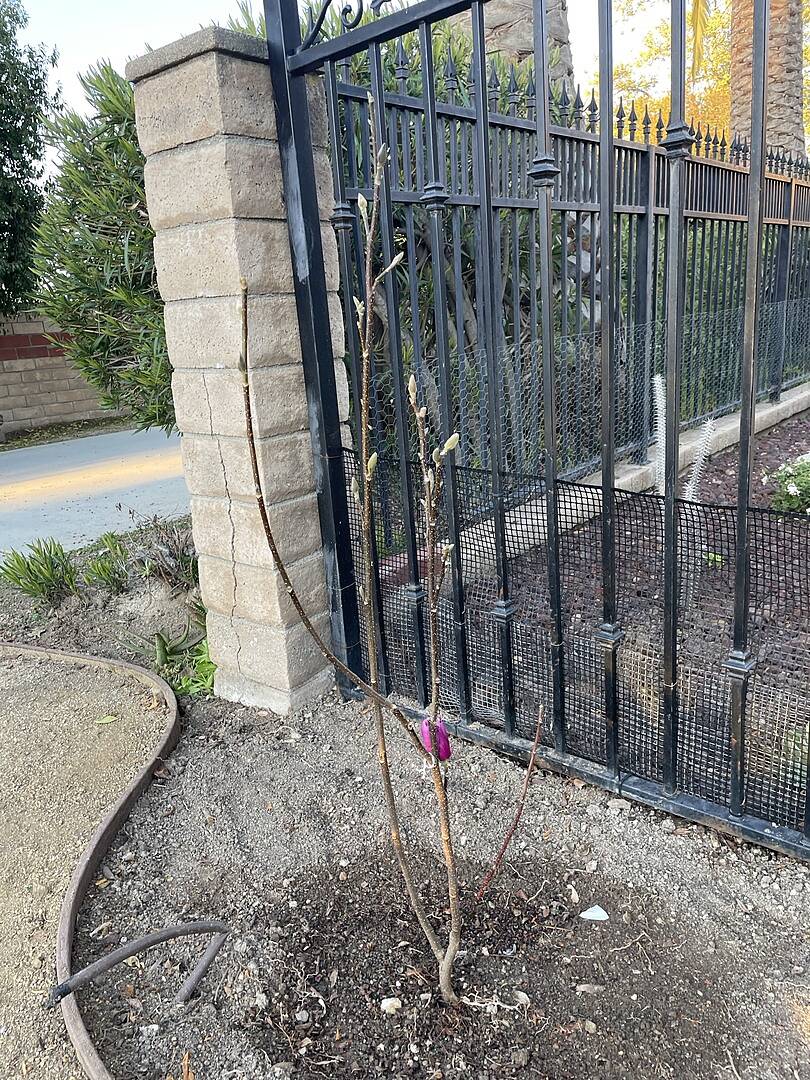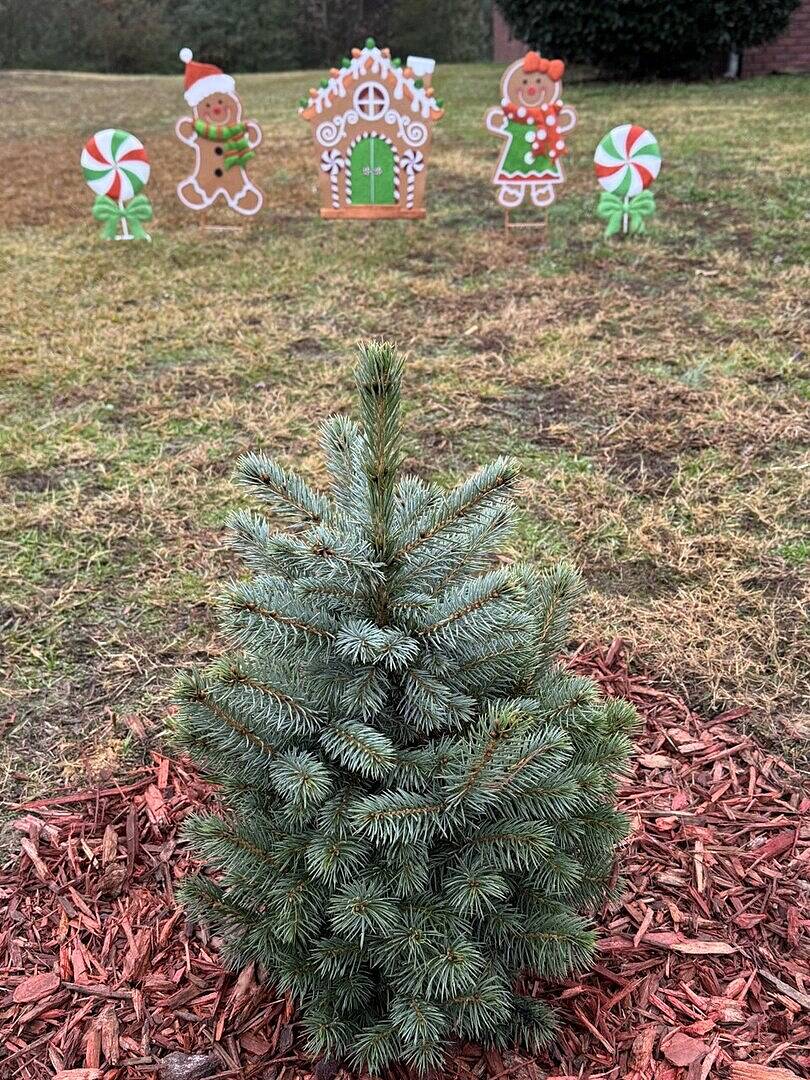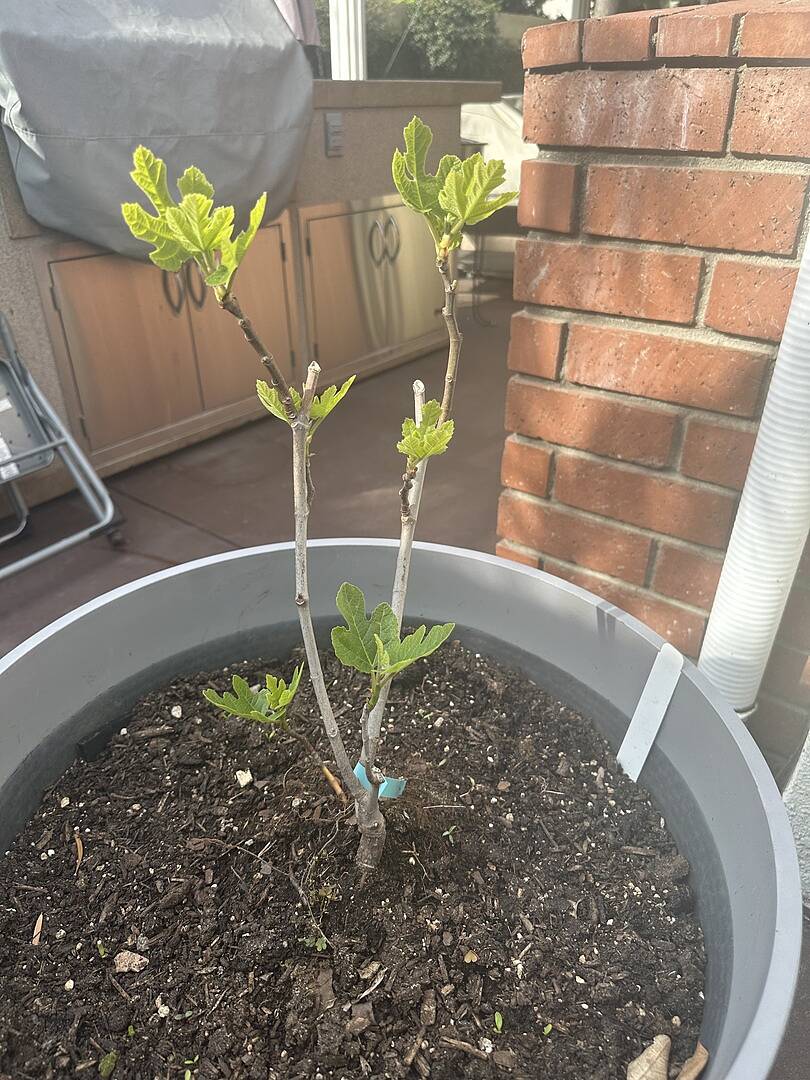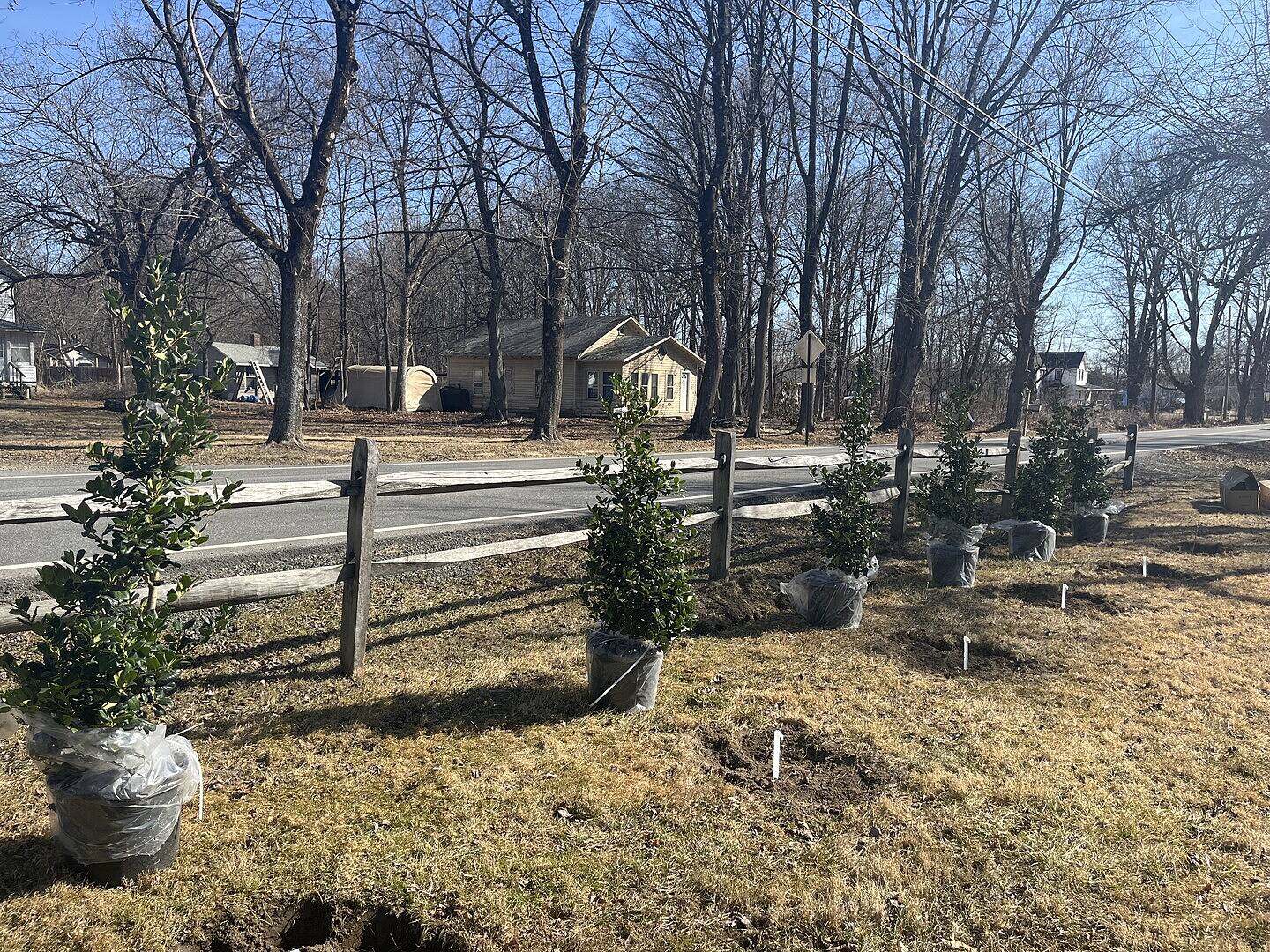Grass Seed 101: Recap & Recommendations

Last updated: Sep 21 2022

Now that you’ve completed our Grass Seed 101 Course, let’s recap. As you’ve probably noticed, there’s a lot that goes into a green lawn, but your efforts will not be without reward! A yard of grass has wonderful benefits for both you and the environment, the largest one being carbon dioxide mitigation. Like all plants, grass takes in carbon dioxide and releases oxygen. So, as you go about your day in your car and just breathe, grass (and all other plants) is working hard to make sure we have enough oxygen in our atmosphere.
Grass also helps your property by preventing erosion and keeping the temperature of your soil and air cooler, allowing for more plants to grow. It provides the perfect backdrop for most landscapes while boosting curb appeal. There are so many more benefits to growing and investing time in your lawn, so know the work that you put up front into establishing or repairing yours will not be wasted.
Tools of the Trade
If you’ve been in a hardware store lately you might have been confused by the sheer number of tools and gadgets available for lawn care. Below is a list of the most common tools and their uses, so take a look and see which ones might be right for your yard.

- Sprinkler: If you don't want to spend 30 or more minutes holding your hose, invest in a good quality sprinkler to save water and deliver it evenly to both new and established lawns.
- Tiller: There are both machine and hand tillers, but they do the same thing–break up compacted soil. You can also use these on garden beds.
- Lawnmower: There are countless options of lawnmowers to choose from, but our recommendation is to look at reviews and see what you need based on your yard. For larger yards, it might be worth getting a riding mower as opposed to a push one.
- String Trimmer or Weed Wacker: the secret to a well-manicured lawn is neat edges. You can use an edging machine, but most of the time a string trimmer is all you need to not only freshen up the edges of your lawn but reach the areas that the mower can fit.
- Rake: Having a good rake is something no one should take for granted. Get yourself one with metal teeth to remove thatch, lawn clippings, and leaves. A rake is one of the tools you’ll use most of the year.
- Spreader: Unless you’re fixing some patches of grass, you’ll greatly appreciate the ease of a spreader. There are handheld and push versions that can be used to evenly disperse seed and fertilizer.
- Aerator: You might not need this when starting your lawn, but down the road, it's a good tool to have. You can find a variety of spiky-looking tools to aerate your lawn, from a hand tool that you push down to a spinning wheel. As with a lawnmower, look at how much lawn you have and make the best choice for you.
Finding the Perfect Seed
The best kind of grass is the one that fits your areas and needs. Think about what you want out of your lawn and follow the charts below if you’re still having trouble narrowing down your options.

When Things Aren’t Going Right
If you’re feeling like you’re doing everything you should and still have a less-than-desired lawn, look at your soil. The best thing you can do is get an official soil test through your local extension office. However, getting a page of numbers and symbols back might leave you even more confused about which direction to go in. So, instead, consider digging up some dirt and doing an at-home test.
Squish Test
For the squish test, you need to take around a handful of moist soil and squeeze it in your fist. If you open your fist but your soil stays compressed, you have a fair amount of clay. If you open your hand and your soil crumbles apart, then you have a lot of sand. If you squeeze and the clump stays together but will crumble with some help, that’s loam (equal parts sand and clay).
Context Clues
If you don’t need to know all the specifics from a soil test you can always look around to see what soil you have. Asking your local garden or extension centers can help, or you can look at what’s growing well in your area. For example, pine trees that are thriving indicate acidic soil!
The ideal soil is one that has a finely milled texture (clumps the size of peas) with around 6-8 inches of healthy topsoil, high organic matter, and balanced nutrient and mineral content.

Lawn Alternatives
Sometimes you have to be real with yourself. If you look around your area and see no grass growing you might have to look in a different direction. You can still get the feeling and lots of the benefits of a lawn without the actual grass.
Try clover if you live in an area with strict water restrictions, poor soil quality, or shade. Clover might be viewed as a weed, but this little plant not only gives you a soft and green lawn; it also helps your local bees! Clover can be mowed just like other lawns but is a great solution if the grass isn't working out. A bonus is that it’s pet friendly too!
Thyme is a great option to bring a delicious scent to your yard and would work in areas that are full of sun. Expect petite flowers and a creeping nature to fill in areas along walkways and borders. Plus, it holds up well to foot traffic and won't attract deer.
For heavily shaded areas, you can use moss. It feels heavenly underfoot and is great for placing between pavers or in areas where the soil never seems to be dry, providing a lush green color similar to grass but without mowing or fertilizing.

Embrace native plants and use ornamental grasses to frame your landscape. While it might not be a full green lawn, you’re still incorporating grass and textures. Try creeping varieties that stay low and offer green cover to your ground.
Create a meadow with wildflowers and other natives to create a dreamy landscape that’s full of variety and pollinators. Research wildflower mixes for your area and scatter the seed just like you would grass to make your very own meadow. And make it cozier by planting perennials on the edges.
Other options include Corsican Mint, Sedges, Creeping Wire Vine, Sedum, Woodruff, and Creeping Jenny. Don’t limit yourself, and get creative!

FAQs

Written by
Meredith Gaines
Meredith's love for plants started at a young age, and only grew when she started working in the Desert Exhibit at the South Carolina Botanical Gardens and the Historic Filoli Estate in the Bay Area. After graduating from Clemson University (GO TIGERS!) with a degree in Biology and Horticulture, she found her niche in the FastGrowingTrees.com family as a horticulturist and has grown in her current role as Senior Plant Expert.
She currently resides in her hometown of Charlotte, North Carolina, and enjoys spending any time she can outdoors. She learns new things about plants every day and loves sharing her plant knowledge and tips with those around her. Her favorite plant is constantly changing, but her long-time favorites are peonies, oak trees, and ferns.
Featured Product

TurboTurf™ Tall Fescue Grass Seed
8 reviewsStarting at $44.95





















